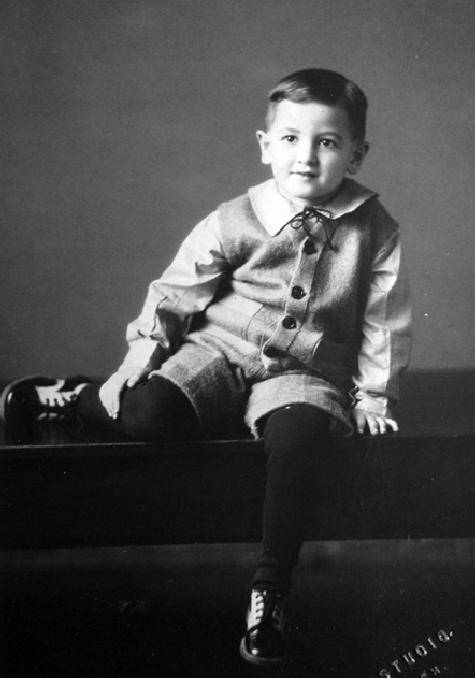
U.S. Long Stocking Supporters: Comfort and Health

Figure 1.--Most American and many European children wore long stockings. This gave rise to a variety of garments and devices to hold them up. For the stockings to look nice as in this American portrait, stocking supporters were needed. And these devices raised a wide range of issues concerning posture, restrictiveness, comfort and health. These issues were discussed by companies, child care experts, medical doctors, fashion experts and others.
|
|
The popularity of long stockings in Europe and North America gave rise to a wide variety of support devices to hold stockings up. Obviously long stockings were not useful if they fell down. And they looked unsightly. This meant support garments/devices were needed. These garments did not only support long stockings. Some also supported pants and trousers. The main function, however, was to hold long stockings. As these various garments and devives became used, they raised a number of concerns regarding comfort and health. The most obvious approach to helding up long stovckings was round rubber garters, but these became the most heavily criticized, giving rise to other approaches. There was great concern about posture in the 19th and early 20th century. Doctors wrote long, learned articles about posture and health. Thus some manufsactures added claims to their advertisements claiming posture benefits in addition to the primary task of holding up long stockings. Stocking supporters in holding up stickings to varying degrees resticted a child's movement. And posture comntrol only restricted movement further. This raised other issues. Children didn't like the restictions and thus comfort became an issue. Children have relatively little to say about their clothing in the 19th century, but this grdually changed in the 20th century. And doctors began to also raise concerns about restrictiveness. We see these varying and condlicting issues play out in the design and popularity of different support devices. And the discussion also appears in the product advertising.
There were also other garments such as hose supporters that were more commonly worn that puportedly had a positive impact on posture. There were several different types of stocking supporters for which this claim was made. This is a bit complicated and somwwhat confusing. The confusion arises because there is some overlap between the various categories of hose supporting devices--garter waists, suspender waists, underwaists--and because different ads use different terms for the same style of garment--i.e. skeleton waist, Dr. Parker waist, Kern's child's waist, etc. Here we have listed hose supporter ads that specifically mention the posture improvement feature. These include shoulder garters, a Ferris underwaist, and several later garter waists (Sears examples). All of these garments, speaking loosely, are garter waists because they function as hose supporters. The Kazoo suspender waist also mentions the encouragement of good posture, so the posture claim is widespread through three of our HBC categories: Garter Waists (which includes shoulder garters), Underwaists (the Ferris example), and Suspender Waists (the Kazoo example)--i.e. almost any device with shoulder straps and garters combined. Both the American and Canadian mail order catalogs (together with related advertisements) show the concern that manufacturers of support garments for long stockings had about health issues (such as posture) connected with the practice of children wearing hose supporters. Round shoulders as a result of the strain of garters, garterwaists, suspender waists, and the like was one concern. We believe that there were similar concerns in Europe, but dedicated stocking supportes were less widly worn there.
Thge issue of restriciveness of stocking supporters is one that has to be considered. Many of our HBC pages on garter waists, underwaists, suspender waists, and the like have raised the question of health issues--posture correction, for instance, as well as the "restrictiveness" of supporters for long stockings. One of the most popular styles of garter waists bore the name of the "Dr. Parker waist"--supposedly because it was either designed or endorsed by a medical authority named Parker with the implication that a child's health and posture had been taken into account.
Comfort
Stockings must not have been very comfortable. They were a bother to put on when dressing. They restricted movement, especially for boys involved in strenuous activities. Even though they were usually made with elastic material, they were still cumbersome. I do not yet have any first hand accounts, but hope to acquire some. We note that in the ads for stocking supporters that they normally stress the strength of the supporters, but flexibility and comfort are also often mebtiones. A good example is a Sears ad in their 1939-40 Winter catalog. The ad stresed the point that they were suitable for "free play". This seems to fall into the advertising policy of making claims to dismiss the obvious.
Health
A major debate swirled around the health aspecys od stocking supporters. People disagreed about posture and manufacturers addressed these concerns in their design features and advertising. Restriction on movement was also a concern. One of the greatest concerns to doctors was blood flow and here round rubber garters were the most sharply criticised. They could be avoided by shoulder supported support garments. These garments, however restricted movement. A well-known handbook of diseases and health care that was widely circulated among families in both the United States and Europe was entitled The Standard Family Physician: A Practical International Encyclopedia of Medicine and Hygiene. It was compiled by a group of internationally distinguished doctors and medical authorities and published in 1907 in England and America One of the contributing authors was a famous German doctor, Karl Reissig, Germany, who wrote an article on children's health--"The dress of children".
HBC

Related HBC Pages:
[Return to the Main stocking supporter page]
[Return to the Main Underwear Garment List]
[Knee socks]
[White knee socks]
[Long stockings]
[Striped socks]
[White stockings]
[Tights]
Navigate the Historic Boys' Clothing Web Site:
[Introduction]
[Activities]
[Biographies]
[Chronology]
[Clothing styles]
[Countries]
[Bibliographies]
[Contributions]
[FAQs]
[Glossary]
[Images]
[Links]
[Registration]
[Tools]
[Boys' Clothing Home]
Created: 6:56 PM 12/1/2008
Last updated: 6:57 PM 12/1/2008



